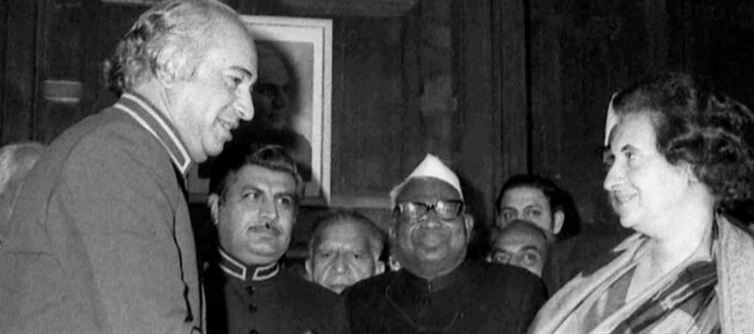
The action is the most recent in a string of retaliatory actions that have quickly worsened the already precarious ties between the two neighbors who possess nuclear weapons.
A historic accord born from war
The Simla Agreement, which was signed in the himachal pradesh hill town of shimla on July 2, 1972, marked a significant shift in South Asian diplomacy. It resulted from high-stakes negotiations between Pakistani President Zulfikar ali Bhutto and then-Indian prime minister Indira gandhi after the 1971 war that created bangladesh from what was once east Pakistan.
The goal of the agreement was to "put an end to the conflict and confrontation" and establish a new path for peaceful coexistence. The agreement established a bilateral framework for communication and collaboration, which india still maintains in international fora, even though it fell short of ending the kashmir problem.
The core tenets of the Simla Agreement
The agreement laid out a comprehensive roadmap for future engagements. Key provisions included:
Peaceful conflict resolution: In a clear rejection of foreign mediation, india and pakistan decided to resolve all outstanding issues, including kashmir, by direct bilateral discussions.
Respect for Sovereignty: Both countries agreed to respect one another's political independence and geographical integrity.
Conversion of the ceasefire line to LoC: The Line of Control (LoC), which both sides agreed not to unilaterally change, replaced the ceasefire line in kashmir - SRINAGAR/JAMMU' target='_blank' title='jammu and kashmir-Latest Updates, Photos, Videos are a click away, CLICK NOW'>jammu and kashmir as it was on december 17, 1971.
Normalization of relations: The agreement provided for the restoration of trade, travel, communication, and diplomatic relations.
Release of war prisoners: In one of the biggest prisoner releases in contemporary history, india consented to free more than 93,000
Pakistani soldiers who had been taken prisoner during the 1971 conflict.
Negotiations behind closed doors
The negotiations that resulted in the Simla Agreement were far from simple. There was a lot of tension, especially over Kashmir. While pakistan aimed to maintain the right to bring up the matter on international forums, india insisted on bilateralism.
In the end, personal diplomacy—which included rumored late-night talks and a private dinner that Bhutto hosted—was what broke the deadlock. The final declaration emphasized bilateral dialogue as the only path ahead, despite subtle allusions to Kashmir.
What followed: Tensions and trust deficits
The legacy of the Simla Agreement has been mixed, notwithstanding the diplomatic victory. Although it did ease tensions in the short term and reestablish communication, it was unable to end the kashmir dispute permanently or stop similar conflicts in the future, as the Kargil war in 1999 and the siachen standoff in 1984.
India has continuously opposed outside intervention in its conflict with pakistan by pointing to the Simla Agreement. On the other hand, Islamabad has occasionally demanded international mediation, pointing to differing views on the purpose and extent of the agreement.




 click and follow Indiaherald WhatsApp channel
click and follow Indiaherald WhatsApp channel